Introduction: The Rising Popularity of Toeless Socks
In recent years, toeless socks have emerged from niche specialty items to mainstream accessories embraced by diverse groups ranging from yoga enthusiasts and runners to individuals with specific medical conditions. Despite their growing popularity, many people remain uncertain about what exactly toeless socks are, how they differ from regular socks, and whether they might benefit from incorporating them into their wardrobe or fitness routine. This comprehensive guide explores everything you need to know about toeless socks, from their unique design features and varied applications to their potential benefits for different activities and foot conditions. Whether you’re an athlete looking to enhance performance, someone seeking relief from foot discomfort, or simply curious about this distinctive footwear option, this article will help you understand if toeless socks might be the solution you’ve been looking for. By examining the science behind their design, comparing different types available on the market, and providing practical advice for choosing the right pair, we’ll help you make an informed decision about whether toeless socks deserve a place in your sock drawer or fitness bag.
What Are Toeless Socks and How Are They Different?

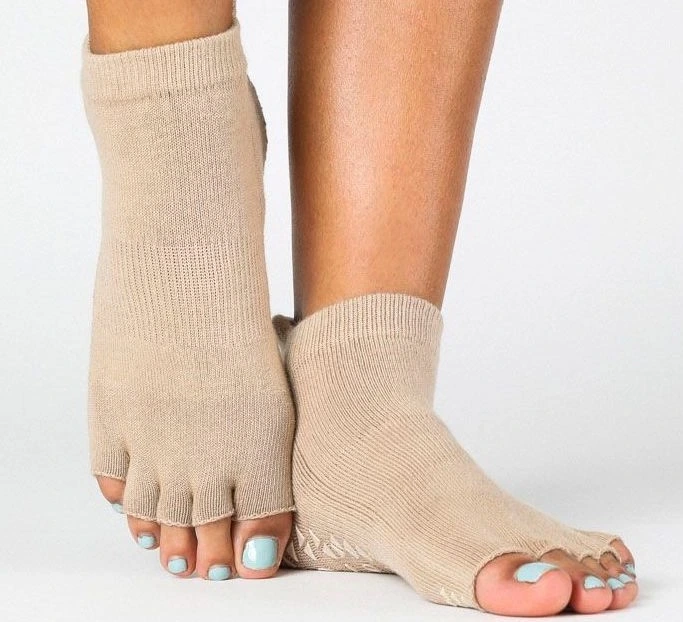

Toeless socks are a functional twist on traditional socks. They provide coverage for the heel, arch, and midfoot but leave the toes exposed. This unique structure serves a purpose: comfort, breathability, and specific foot needs that closed-toe socks might not support well.
Key Design Features
Most toeless socks stop just before the toes. Some expose all toes in one opening, while others have individual cutouts, similar to toe gloves. The arch and heel areas are typically reinforced, and elastic bands at the opening help keep the sock in place. Materials usually include cotton blends with nylon or polyester for durability, plus spandex for stretch. Some styles also offer cushioned heels or light compression for support and circulation.
Popular Types and Uses
- Yoga & Pilates Socks: These often come with grip soles for stability during poses while allowing toes to move naturally.
- Dance Socks: Also called foot undies, these offer protection for the ball of the foot but leave toes free for floor contact and articulation.
- Medical Compression Versions: These provide graduated pressure for circulation support without compressing the toes—suitable for neuropathy or swelling.
- Athletic Variants: Designed to minimize toe blisters and improve airflow during training.
- Fashion Styles: Made for open-toe shoes, offering coverage without compromising style.
| Type | Primary Purpose | Key Features |
|---|---|---|
| Yoga/Pilates Toeless Socks | Studio practice with enhanced grip | Non-slip sole patterns, breathable upper |
| Dance Toeless Socks (“Foot Undies”) | Protection during barefoot dance | Thicker padding under ball of foot, minimal design |
| Therapeutic Compression Toeless | Circulation support without toe constriction | Graduated compression, medical-grade materials |
| Athletic Performance Toeless | Blister prevention, breathability | Moisture-wicking fabrics, strategic cushioning |
| Fashion Toeless | Wear with open-toe shoes/sandals | Decorative elements, thin profile, various lengths |
What Benefits Do Toeless Socks Offer for Everyday Wear?
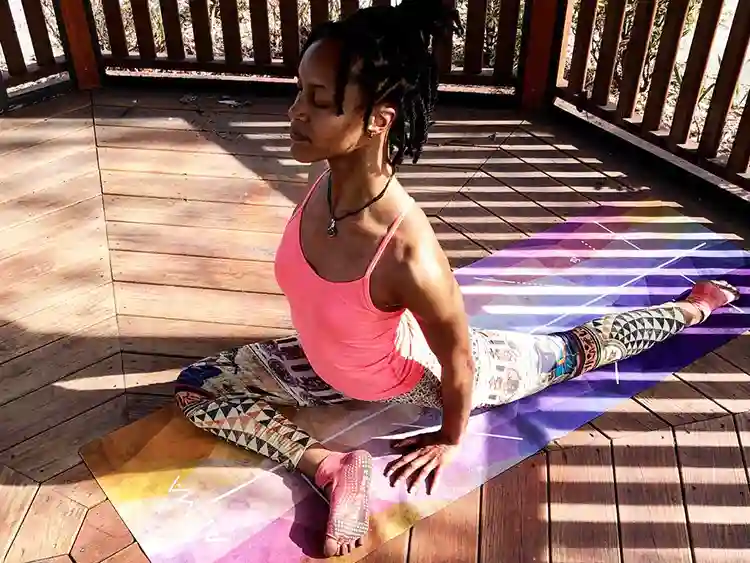
Toeless socks aren’t just for athletes or medical use—they offer smart advantages for daily life too. If regular socks feel too warm or don’t work with your favorite shoes, toeless designs might be a better fit.
Better Compatibility with Open-Toe Shoes
Traditional socks don’t pair well with sandals or peep-toe shoes, but toeless socks fix that. They let you enjoy the comfort of socks—moisture-wicking, light insulation, and soft fabric—without covering your toes. This makes them ideal for transitional seasons or indoor settings where open-toed footwear is preferred but your feet still need partial coverage. They’re especially handy in offices with dress codes, offering a tidy look with open-toe dress shoes. For style-conscious wearers, they help expand outfit and footwear combinations throughout the year.
Comfort Through Ventilation and Sweat Control
Toeless socks allow air to flow through the toes, which helps keep feet from overheating. If you’ve ever dealt with sweaty feet in a warm room or while wearing snug shoes, this design offers relief. While the toes stay open, the rest of the foot stays covered, benefiting from fabric that pulls moisture away from the skin. That’s useful for people who don’t like full socks but still need protection against sweat, odor, or shoe friction. In work settings that involve long hours standing or sitting, toeless socks provide airflow and dryness without feeling too bulky or hot.
| Everyday Benefit | Practical Application | Ideal For |
|---|---|---|
| Open-Toe Shoe Compatibility | Wear with sandals, peep-toes, flip-flops | Those who prefer sock comfort with open footwear |
| Extended Seasonal Wearability | Use open-toe shoes in cooler weather | Transitional season wardrobes |
| Professional Appearance | Polished look with open-toe dress shoes | Office environments with dress codes |
| Temperature Regulation | Prevents overheating while providing coverage | Those whose feet tend to get too hot |
| Moisture Management | Wicks sweat while allowing ventilation | People prone to excessive foot perspiration |
How Do Toeless Socks Enhance Exercise and Performance?
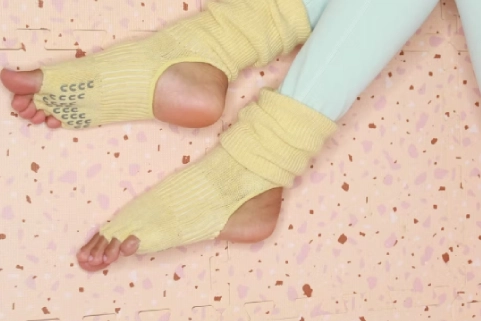
Grip and Balance in Studio Workouts
In yoga, Pilates, and barre, grip-enabled toeless socks provide stability without sacrificing natural toe movement. Exposed toes help with balance and proprioception, while the non-slip soles prevent sliding on studio floors. This combination supports safe transitions and challenging poses, especially for beginners who want a barefoot feel but need extra grip and hygiene protection in shared spaces.
Comfort and Freedom in Running and Sports
For runners and cross-trainers, toeless socks reduce friction between toes, helping prevent blisters on long runs. They allow natural toe splay during push-off, aiding balance and power transfer. Athletes with wide feet or forefoot swelling benefit from less fabric bunching, improving comfort and circulation. However, they’re less suited for activities where toes need added protection from impact or debris.
Can Toeless Socks Help with Specific Foot Conditions?
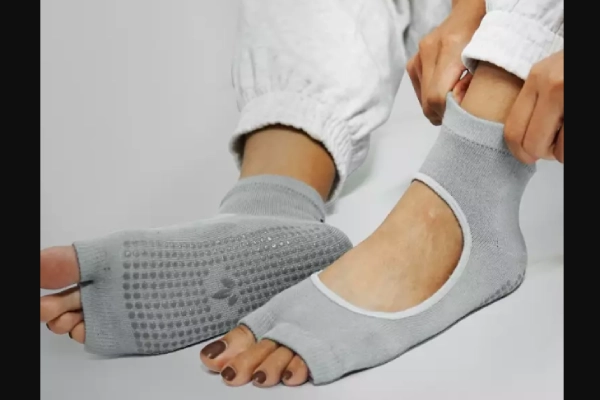
Beyond everyday wear and athletic performance, toeless socks offer therapeutic benefits for various foot conditions and concerns. While not marketed as medical devices (unless specifically designed as such), their unique construction can address certain foot health issues more effectively than conventional socks. Understanding these potential therapeutic applications helps determine whether toeless socks might provide relief or support for specific foot conditions you may experience.
Circulation Issues and Swelling
Toeless compression socks represent a specialized category designed specifically to address circulation concerns while accommodating sensitivity or swelling in the toes. For individuals with conditions like edema (swelling), diabetes, or recovery from foot surgery, traditional compression socks can sometimes create uncomfortable pressure on the toes or restrict circulation to the forefoot. Toeless compression designs provide graduated pressure along the foot and ankle to support blood flow while leaving the toes unrestricted, offering the circulatory benefits without the potential discomfort or complications of toe compression. This design is particularly valuable for those who need compression therapy but have experienced numbness, tingling, or increased swelling in the toes with conventional compression socks. The open-toe design also allows for easy visual inspection of the toes, which is important for those who need to monitor skin condition or wound healing. For individuals with varying levels of swelling throughout the day, toeless compression socks can accommodate these fluctuations more comfortably than fully enclosed designs, making them suitable for extended wear periods when consistent compression support is needed.
Toe Deformities and Sensitivities
For people with structural toe issues or heightened toe sensitivity, toeless socks can provide significant comfort advantages over conventional designs. Conditions like hammertoes, bunions, overlapping toes, or recent toe surgeries often create points of friction or pressure when enclosed in traditional socks, leading to discomfort or even skin breakdown. Toeless socks eliminate this source of irritation while still providing coverage and protection for the rest of the foot. Those with hypersensitive toes due to neuropathy or other neurological conditions may find the sensation of fabric between or covering the toes intolerable, making toeless designs a practical alternative that doesn’t require abandoning socks entirely. For individuals with custom toe separators or other orthotic devices for toe alignment, toeless socks can accommodate these interventions while maintaining the benefits of socks for the rest of the foot. They’re also beneficial during recovery from toenail procedures or infections, allowing air circulation to the affected area while keeping the rest of the foot protected and comfortable.
How Do You Choose the Right Toeless Socks?
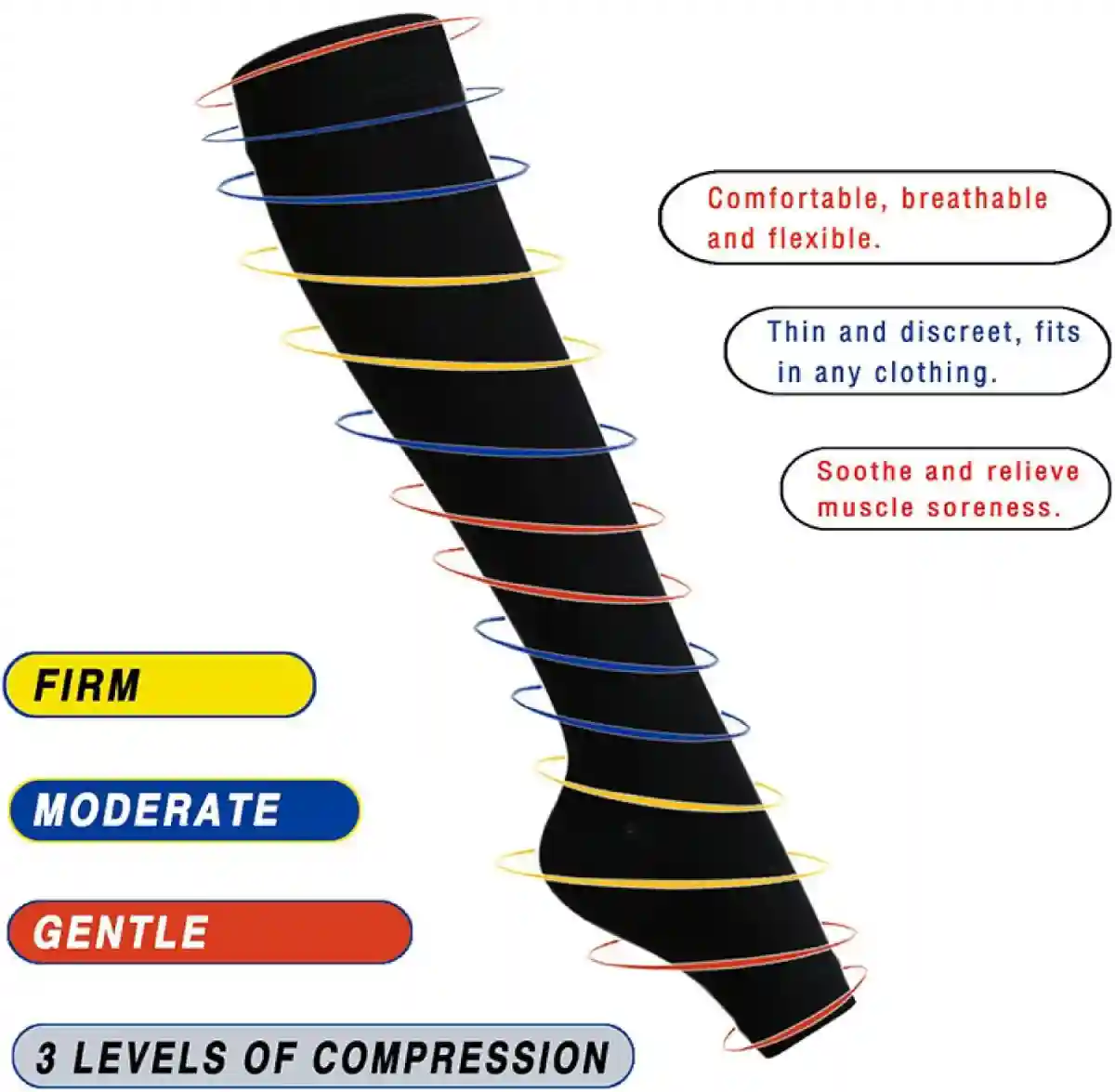
With the variety of toeless sock options available, selecting the right pair for your specific needs involves considering several key factors. Ready for the good part? By evaluating these essential characteristics, you can find toeless socks that truly address your particular requirements rather than settling for options that might underperform or cause discomfort. This thoughtful selection process helps ensure your investment in specialized socks delivers the benefits you’re seeking.
Material Considerations for Different Needs
The fabric composition of toeless socks significantly impacts their performance, comfort, and suitability for specific uses. Cotton-rich blends offer breathability and softness, making them comfortable for everyday wear, though they may retain moisture and take longer to dry than synthetic options. Bamboo fabric provides natural antimicrobial properties and exceptional softness, making it ideal for those with sensitive skin or odor concerns, though it may be less durable than some alternatives. Synthetic performance fabrics like nylon and polyester excel at moisture-wicking and durability, making them preferred for athletic applications, though they may feel less natural against the skin. The percentage of elastane (spandex) affects how well the socks maintain their shape and stay in place, with higher percentages (typically 5-15%) providing better retention but potentially feeling more constrictive. For therapeutic applications, medical-grade compression materials offer consistent pressure levels certified for circulatory support, though they typically come at a higher price point. Consider your primary use case, any skin sensitivities, and how much you tend to perspire when selecting materials, as these factors will determine which composition will provide the best experience for your specific needs.
Fit and Sizing: Ensuring Comfort and Functionality
Proper fit is crucial for toeless socks to deliver their intended benefits without causing discomfort or functional issues. The toe opening should be snug enough to stay in place without slipping down onto the ball of the foot, yet not so tight that it creates a constrictive band that could impede circulation. For compression styles, accurate sizing based on ankle and calf measurements is essential, as improper fit can negate the therapeutic benefits or cause discomfort. The heel pocket should align properly with your actual heel to prevent bunching or sliding during movement, which is particularly important for athletic applications where misalignment can lead to blisters. Consider the intended shoe pairing when selecting length, as toeless socks that are too short may slip down inside shoes, while those too tall might bunch uncomfortably at the ankle. For those between standard sizes or with particularly narrow or wide feet, look for brands that offer more specific sizing options rather than one-size-fits-most approaches, which rarely provide optimal fit for everyone. Remember that different brands may size differently, so checking specific measurement charts rather than relying solely on standard small/medium/large designations will help ensure a better fit.
How Do Toeless Socks Compare to Regular Socks and Other Alternatives?
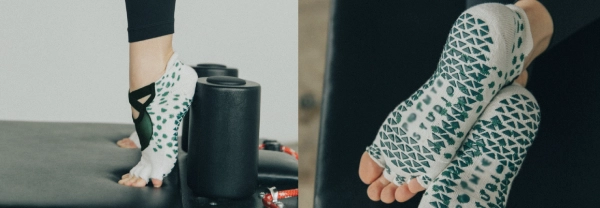
Understanding how toeless socks stack up against conventional socks and other foot covering alternatives helps clarify whether they represent the best solution for your specific needs. What’s the real story? While toeless socks offer unique benefits, they also have limitations compared to other options, and these trade-offs should inform your decision about when and how to incorporate them into your sock collection. This comparison examines the key differences to help you determine when toeless socks might be preferable to standard alternatives.
Toeless vs. Full Socks: When to Choose Each
The decision between toeless and full socks often depends on specific activities, conditions, and personal preferences. Full socks provide complete protection from friction and external elements, making them superior for cold weather, environments with potential debris or irritants, or activities with high impact on the toes. They also offer more comprehensive moisture management across the entire foot and typically provide more consistent warmth. Toeless socks excel in situations requiring toe freedom, natural spreading, or grip, such as yoga, Pilates, or barefoot-style training. They’re the clear choice for wear with open-toed shoes or when toe swelling, sensitivity, or structural issues make full socks uncomfortable. For individuals who experience excessive sweating or overheating specifically in the toe area, toeless socks can provide targeted ventilation while maintaining coverage elsewhere. The choice also depends on personal sensory preferences, as some people simply find the sensation of fabric between or covering their toes uncomfortable regardless of activity. Understanding these comparative strengths helps determine which option best serves your needs in different contexts rather than viewing either style as universally superior.
Toeless Socks vs. Foot Covers and Other Alternatives
Beyond the comparison with full socks, it’s worth considering how toeless socks compare to other foot covering alternatives. Foot covers (sometimes called “foot gloves” or “foot sleeves”) that cover only the front portion of the foot provide minimal coverage with maximum toe freedom but often lack the stability and comfort of properly fitted toeless socks. Traditional stockings with reinforced toe sections offer a fashion-oriented alternative for open-toed shoes but typically provide less cushioning and support than dedicated toeless socks. Toe separators with attached sleeves combine alignment benefits with minimal coverage but don’t address moisture management or provide the support of more comprehensive sock designs. For yoga and similar practices, dedicated yoga socks with individual toe compartments offer an alternative that provides both toe separation and coverage, though some find the sensation of fabric between toes uncomfortable. Understanding these alternatives helps identify whether toeless socks represent the optimal solution for your specific needs or if another specialized foot covering might better address your particular concerns or preferences.
Are There Specific Brands Known for Quality Toeless Socks?
The market for toeless socks has expanded significantly, with various brands offering specialized designs for different applications. Quality, durability, and performance can vary dramatically between manufacturers, making brand selection an important consideration for those seeking the best value and functionality. Understanding which brands excel in different categories helps narrow down options when shopping for toeless socks tailored to specific needs.
Performance and Athletic Toeless Sock Brands
For athletic and performance applications, several brands have established reputations for quality toeless sock designs. Nike and Adidas offer toeless options with moisture-wicking fabrics and strategic cushioning, though they typically focus on training-specific models rather than extensive toeless lines. Specialized yoga brands like ToeSox and Gaiam have developed comprehensive collections of grip-enhanced toeless socks specifically engineered for studio practices, with emphasis on stability and natural foot movement. Running-focused brands including Injinji (known primarily for their five-toe designs but also offering toeless options) and Balega provide models designed to prevent blisters while enhancing comfort during high-impact activities. These performance-oriented brands typically invest more in technical fabrics, anatomical design, and activity-specific features than fashion-focused alternatives. They often incorporate reinforced stress points, targeted cushioning, and advanced moisture management systems that justify their generally higher price points through enhanced durability and functionality. For serious athletes or those using toeless socks primarily for specific activities, these specialized performance brands typically offer better results than generic alternatives, though the premium features come with corresponding price increases.
Therapeutic and Compression Toeless Sock Specialists
For those seeking toeless socks for therapeutic purposes, medical-grade compression, or specific foot conditions, specialized brands offer products designed with these needs in mind. Sigvaris, Juzo, and Medi are established compression wear manufacturers that offer toeless options with certified compression levels appropriate for various circulatory concerns, though they tend to focus on functionality over aesthetics. Brands like Dr. Comfort and Thorlos specialize in diabetic-friendly and therapeutic sock designs, including toeless options with non-binding tops and seamless construction to minimize pressure points. These medically-oriented brands typically prioritize consistent compression, gentle materials, and features that address specific health concerns over fashion considerations or athletic performance. They often provide more detailed sizing systems based on precise measurements rather than standard small/medium/large designations, ensuring more accurate fit for therapeutic benefits. While generally more expensive than conventional socks, these specialized therapeutic options offer features and quality control standards appropriate for their intended medical applications, making them worth considering for those with specific foot health concerns rather than primarily aesthetic or general comfort preferences.
How Should You Care for Toeless Socks to Extend Their Lifespan?
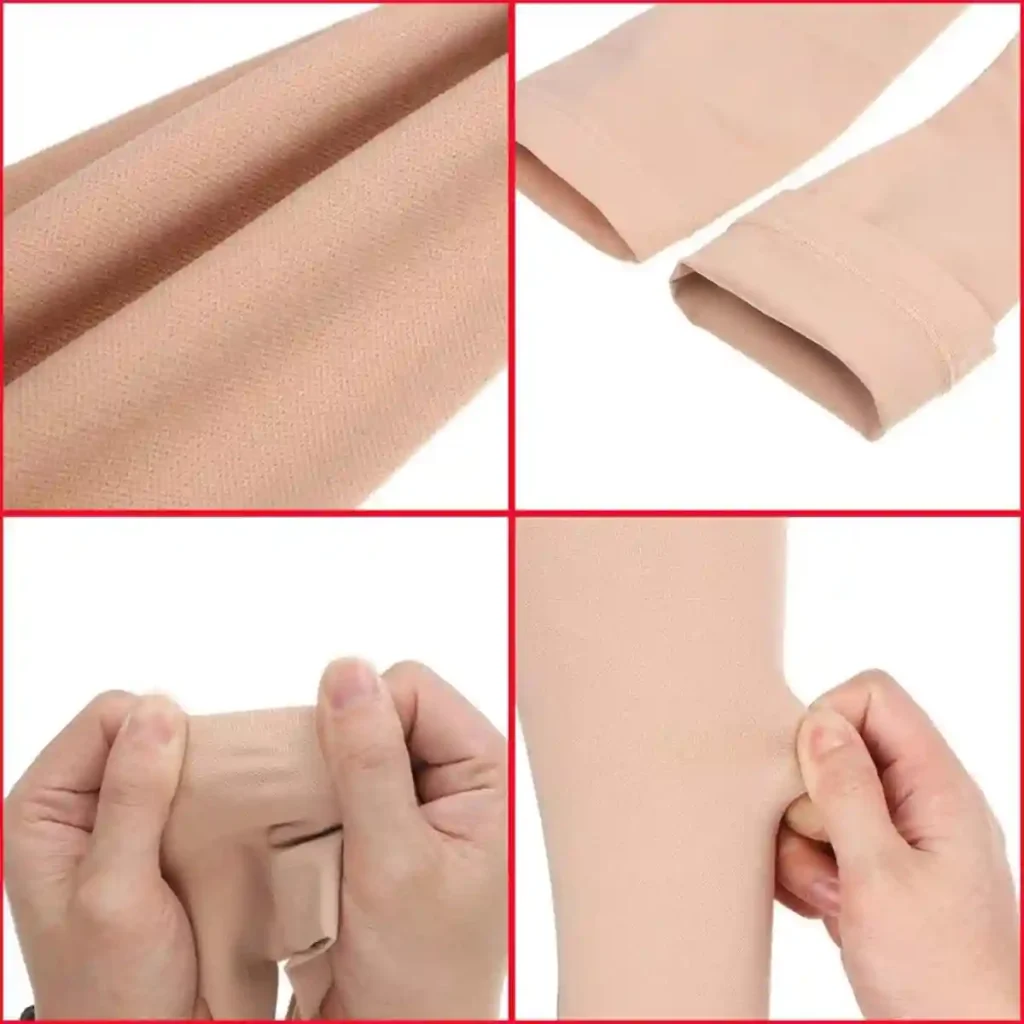
Proper care significantly impacts the longevity, performance, and appearance of toeless socks, particularly those with specialized features like grip elements or compression. Ready for the good part? With appropriate maintenance routines, you can substantially extend the functional lifespan of your toeless socks, ensuring they continue to deliver their intended benefits through many uses. These care practices help protect your investment and maintain consistent performance over time.
Washing and Drying Best Practices
The washing approach for toeless socks should be tailored to their specific materials and features to prevent premature deterioration. Most quality toeless socks benefit from gentle machine washing in cold or lukewarm water on a delicate cycle, though hand washing is preferable for premium or therapeutic options. Turning the socks inside out before washing helps protect grip elements and specialized features while allowing better cleaning of the areas that contact skin directly. Mild detergents without bleach or harsh chemicals are recommended, as aggressive formulations can break down elastic fibers and degrade grip materials. Fabric softeners should be avoided as they can leave residues that reduce grip effectiveness and moisture-wicking properties. For drying, air drying is almost always preferable to machine drying, as heat can damage elastic components and grip elements. If air drying, lay the socks flat or hang them rather than using clothespins that might create permanent marks in the fabric. If machine drying is necessary, use the lowest heat setting or preferably a no-heat tumble option. For compression toeless socks, following manufacturer-specific care instructions is particularly important to maintain the precise pressure gradients that deliver therapeutic benefits.
Signs It’s Time to Replace Your Toeless Socks
Even with proper care, toeless socks eventually require replacement as their functional elements deteriorate beyond effective levels. For grip socks, visible wearing or peeling of the grip pattern indicates reduced traction effectiveness, while compression socks that no longer feel snug or create noticeable pressure have likely lost their therapeutic pressure levels. Stretched-out openings that no longer stay in place on the foot suggest elasticity loss that will compromise both comfort and functionality. Thinning fabric in high-wear areas like the heel and ball of the foot indicates imminent hole development, while persistent odor despite proper washing often signals embedded bacteria that washing can no longer effectively remove. For therapeutic compression toeless socks, manufacturers typically recommend replacement every 3-6 months of regular wear, as the compression fibers gradually lose their pressure capabilities even with optimal care. Understanding these replacement indicators helps maintain the intended benefits of toeless socks rather than continuing to use pairs that no longer provide their designed advantages, ultimately ensuring better value from your specialized sock investments.
FAQ Section: Common Questions About Toeless Socks
Are toeless socks good for cold weather?
They’re not ideal outdoors in very cold climates because the toes are exposed, but fine for indoor use or mild seasons. Many people layer them with thin toe sleeves or leg warmers for extra warmth without losing breathability.
How can I stop them from slipping down?
Choose the right size and check brand-specific charts for a proper fit. Look for silicone grips, arch bands, or reinforced heels that keep them secure. Higher-quality models stay in place even during active workouts like yoga or dance.
Do toeless compression socks work like regular ones?
Yes, they provide the same graduated pressure for circulation and swelling control. The open-toe design helps with toe sensitivity or edema and allows easy inspection of the toes. This makes them useful for both everyday wear and medical recovery.
How long do they last?
Everyday pairs typically last 6–12 months, while athletic or compression types may need replacing after 3–6 months. Signs of wear include stretched openings, loss of compression, thinning fabric, or peeling grip pads.
Can I wear them with closed-toe shoes?
Yes, if the shoe has enough space in the toe box. They’re often comfortable in trainers or wider shoes, helping reduce friction and allowing toe spread. Narrow or pointed shoes may feel awkward with the exposed-toe design.
Conclusion: Finding the Right Toeless Socks for Your Needs
Toeless socks represent a specialized footwear solution that offers unique benefits for specific activities, conditions, and preferences. By understanding the various designs available, their intended applications, and how they compare to alternatives, you can make informed decisions about whether and when toeless socks might enhance your comfort, performance, or foot health. From yoga studios to medical applications, these distinctive socks serve purposes that conventional designs simply cannot address as effectively.
The key to maximizing value from toeless socks lies in matching specific designs to your particular needs rather than viewing them as direct replacements for conventional socks in all situations. By considering the activities you engage in, any foot conditions you experience, and your personal comfort preferences, you can select toeless sock options that truly address your requirements rather than generic alternatives that might underperform in crucial aspects. Whether you’re seeking enhanced grip for studio workouts, relief from toe discomfort, compatibility with open-toed footwear, or therapeutic benefits without toe constriction, understanding these fundamental considerations helps you navigate the growing market of specialized sock options to find solutions that genuinely enhance your comfort and functionality in specific contexts.
